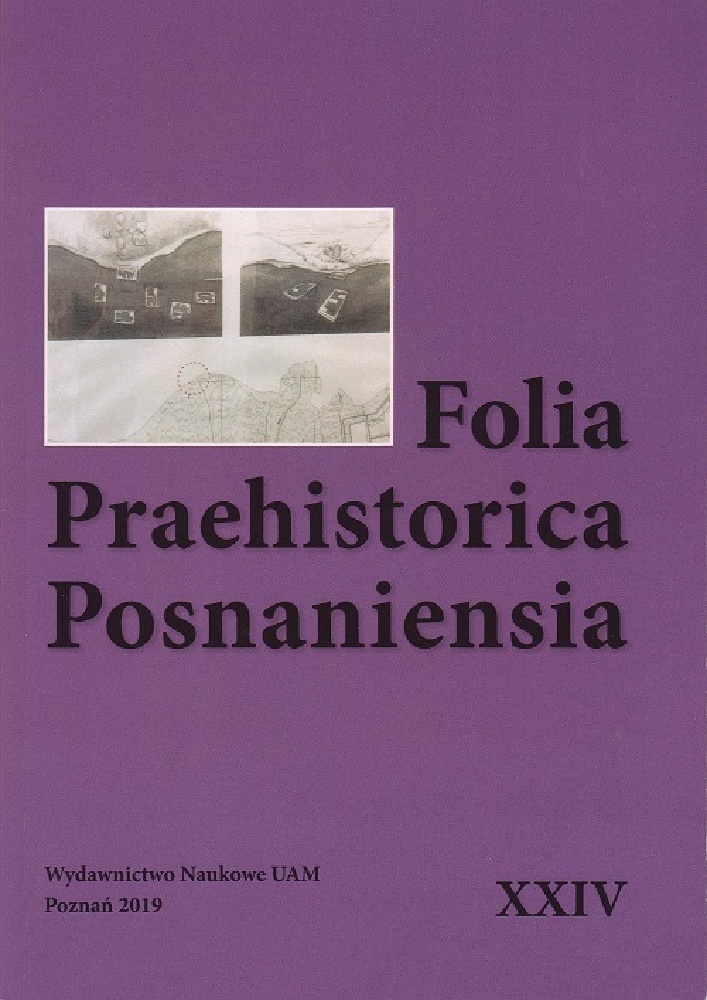Abstract
The main problem presented in the article is archeoacoustics understood as a modern subdiscipline of archeology. The aim of the research was to outline the theoretical map of ideological references used by this young, still developing field. In order to understand the complex interdisciplinary nature of the archeoacoustic approach, ideological concepts were indicated and described, which, starting from various research assumptions, reflected on the role and methods of the impact of the sound in culture.
References
Benford, G. 1979 Time shards. Pobrano z: http://www.lightspeedmagazine.com/fiction/time-shards/
Feld, S. 2012 Sound and sentiment. Birds, weeping, poetics, and song in Kaluli expression. Durham: Duke University Press.
Jay, M. 1994 Downcast eyes. The denigration of vision in twentieth-century French though. Berkeley: University of California Press.
Kleiner, M., Astrom, P. 1993 The brittle sound of ceramics – can vases speak? Archeology and Natural Science, 1, 66–72.
Lund, C. S. 1981 The archaeomusicology of Scandinavia. World Archaeology, 12(3), 246–265.
Ong, W. J. 1992 Oralność i piśmienność. Słowo poddane technologii. Lublin: Redakcja Wydawnictw Katolickiego Uniwersytetu Lubelskiego
Schafer, M. R. 1994 The soundscape. Our sonic environment and the tuning of the world. Rochester: Destiny Books.
Sterne, J. (red.) 2012 The Sound Studies Reader. London: Routledge.
Till, R. 2014 Sound Archaeology: terminology. Paleolithic cave art and the soundscape. World Archaeology, 46(3), 292–304.
Welsch, W. 1997 On the way to an auditive culture? W: W. Welsch, Undoing aesthetics (s. 150–167). London: SAGE Publications.
Zubrow, E. 2014 The silence of sound: A prologue. W: L. C. Eneix (red.), Archaeoacoustic. The archeology of sound (s. 7–9). Florida: The OTS Fundation.

